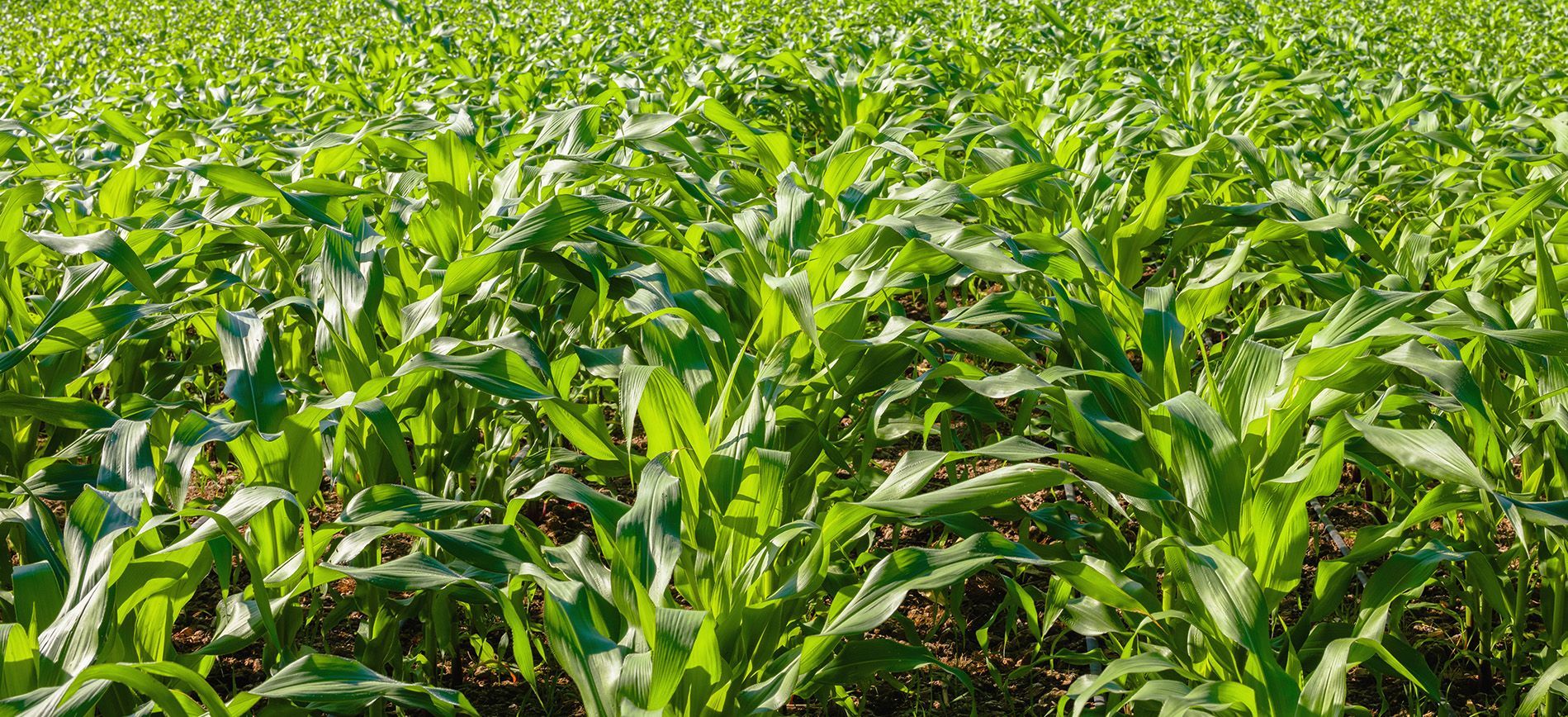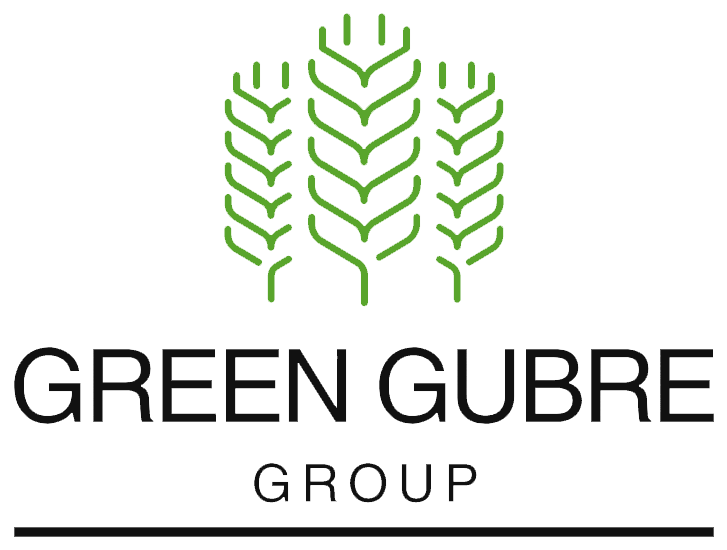Fertilizer Logistics in Africa – Building Resilient Supply Chains for Food Security
Fertilizer Logistics in Africa – Building Resilient Supply Chains for Food Security

Fertilizer Doesn’t Grow Without Logistics
In Africa, where agriculture employs more than 60% of the population and food security is a top policy priority, fertilizer access remains a critical bottleneck. While global players have expanded fertilizer exports to African markets, the real challenge lies in logistics infrastructure, from ports and blending facilities to rural delivery systems.
This blog explores how African countries are improving fertilizer logistics, building regional distribution hubs, and investing in digital technologies to strengthen the value chain and meet rising demand in 2025 and beyond.
1. Fertilizer Demand Is Rising—But Delivery Gaps Persist
The African continent is experiencing an unprecedented surge in fertilizer demand, driven by:
- Population growth and the need to feed over 1.5 billion people by 2030
- Government policies and donor programs focused on soil health
- Rising use of
granular urea,
NPK, and
DAP in cash and staple crop farming
However, logistical challenges such as port congestion, weak storage infrastructure, seasonal flooding, and high inland transport costs mean fertilizers often arrive late, damaged, or overpriced.
2. Strategic Ports and Hubs: The Backbone of Regional Supply
African countries invest in strategic port terminals and fertilizer storage facilities to overcome these challenges, transforming how fertilizers are imported and distributed inland.
Key Logistics Hubs in 2025:
- Lomé Port (Togo): A fertilizer import and re-export hub for West Africa. Green Gubre Group’s strategic vision includes blending, bagging, and logistics integration at this key port.
- Durban (South Africa) is the main entry point for fertilizers into Southern Africa, serving Zimbabwe, Zambia, and Malawi.
- Mombasa (Kenya): Gateway for East Africa; investments in bulk terminals and rail lines to Uganda, Rwanda, and the DRC.
- Djibouti Port: Critical for Ethiopian imports; partnerships with Gulf-based producers are reshaping volumes and scheduling.
3. Inland Transport: From Ports to Plots
The actual fertilizer cost in Africa is often dictated not by global FOB prices, but by the “last mile” delivery. Poor road networks, diesel price volatility, and limited rail coverage drive up transport costs.
Innovative Solutions Emerging in 2025:
- Public-private partnerships (PPPs) are funding rail upgrades in Tanzania and Nigeria.
- Use of barge transport on the Congo and Niger rivers to bypass congested roads.
- Deploy agri-drones and digital inventory tracking to improve fertilizer forecasting and distribution planning.
4. Regional Blending & Bagging: Localization for Affordability
Many African countries are reducing their reliance on imported, pre-packaged fertilizers by investing in local blending facilities, which allow them to:
- Customize NPK blends to regional soil types
- Reduce packaging and storage costs
- Stimulate job creation in rural economies
Example Projects:
- Morocco’s OCP is rolling out “Smart Blending Units” in 15 African countries.
- Nigeria’s Presidential Fertilizer Initiative is subsidizing local production using imported bulk materials.
- Senegal and Ethiopia are investing in sulfur-based and phosphate-enhanced local formulations.
5. Digital Logistics: From Mobile Tracking to Market Visibility
As mobile penetration continues to rise across Africa, digital platforms are pivotal in revolutionizing logistics coordination and transparency. This trend offers a promising future for the industry and is worth watching.
Key Technologies:
- Blockchain smart contracts for tracking fertilizer movement and subsidy disbursement.
- Mobile-based distribution apps connecting farmers with dealers and cooperatives (e.g., Kenya’s DigiFarm).
- AI-powered demand forecasting based on rainfall patterns and crop cycles.
These tools reduce fraud, improve efficiency, and help governments and companies optimize inventory.
6. What Global Suppliers Should Know
For international suppliers and traders, success in Africa now requires more than just pricing competitiveness. It demands a deep understanding and expertise in logistics, which is equally crucial in the African market. This understanding should be rooted in the local needs and conditions.
Key Recommendations:
- Partner with regional distributors with warehousing and last-mile reach.
- Offer packaging in smaller, mobile-friendly units (5–10 kg bags).
- Develop digital portals to support farmer education and product registration.
In addition, aligning with development partners (e.g., IFDC, World Bank, AGRA) provides access to pilot zones and preferential procurement contracts.
Conclusion: Logistics Is the Fertilizer for Fertilizer
In Africa, the future of fertilizer is not just about chemistry—it’s about connectivity. From port infrastructure and rural road access to local blending and digital tracking, logistics is the key to unlocking food security and agricultural transformation.
The companies, governments, and partners that master fertilizer logistics in Africa will define the continent's next era of growth.




